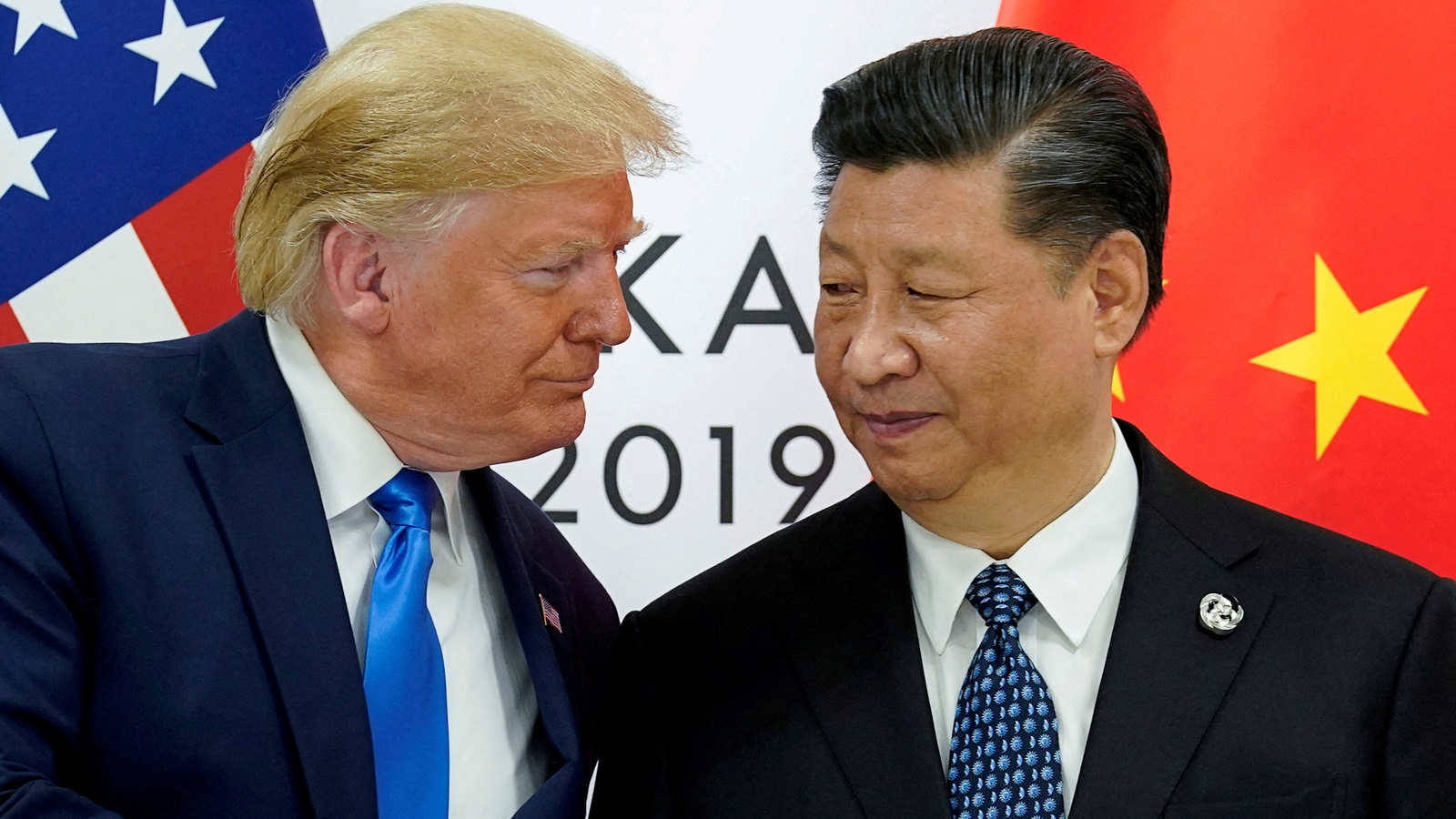News
Shock Trade Pact: Trump And Xi Defuse Rare Earths Tensions

In a move aimed at easing ongoing trade tensions between the world’s two largest economies, U.S. President Donald Trump announced that the United States and China have signed a new trade agreement.
Speaking at a White House event on Thursday, June 27, 2025, Trump briefly mentioned the development, saying, “We just signed with China the other day.”
Although he offered no further specifics during his remarks.
A White House official later elaborated, explaining that the two nations had reached an “additional understanding” regarding a framework to implement the so-called Geneva agreement, referring to trade talks held in Switzerland the previous month.
That initial meeting resulted in both sides agreeing to a temporary truce, delaying major tariff hikes for 90 days while broader negotiations continued.
The new agreement, according to the official, focuses on expediting rare earth exports from China to the United States.
Rare earth elements are vital for the production of everything from smartphones and electric vehicles to advanced military technology.
The official noted that the understanding outlines the process for ensuring the resumed flow of these critical materials.
Commerce Secretary Howard Lutnick echoed the announcement in a Bloomberg TV interview, stating the deal had been “signed and sealed” two days earlier.
However, like Trump, he did not disclose specific provisions of the agreement.
China also confirmed the deal on Friday.
In a statement from the Ministry of Commerce, a spokesperson emphasized that both countries had “maintained close communication” since the initial Geneva and subsequent London talks.
The spokesperson said China would “review and approve applications for the export control items that meet the requirements in accordance with the law.”
Although the statement notably did not directly mention rare earths.
The statement further indicated that the U.S. had agreed to lift certain restrictions on China in response.
“The U.S. side will correspondingly cancel a series of restrictive measures against China,” the ministry said, without offering a detailed list of those measures.
During the Geneva meeting, China had agreed to remove non-tariff barriers it had placed on the U.S. since April 2, though the process for reversing those policies remains unclear.
Much of the tension in recent months had centered on China’s decision to halt the export of key raw materials.
These include rare earth minerals and industrial magnets, as a form of retaliation against Washington’s tariff increases.
The restrictions severely disrupted global supply chains, especially in industries heavily reliant on those materials.
They include automotive manufacturing, aerospace, semiconductors, and defense.
In response, the Trump administration had implemented its own export controls, blocking the sale of U.S.-made goods like semiconductor design software and aircraft parts to Chinese firms.
The tit-for-tat measures added further strain to already fragile economic ties.
Despite the broader impasse, signs of pragmatic cooperation began to emerge.
In early June, Reuters reported that China had quietly issued temporary export licenses to rare earth suppliers serving the top three U.S. automakers.
It was a move seen by observers as a temporary relief measure amid escalating disruptions.
Later that month, Trump hinted at a breakthrough, revealing that an informal agreement had been reached.
Under the deal, China would resume its supply of rare earth materials and magnets.
The U.S. on its part, would continue allowing Chinese students to enroll in American colleges and universities, an issue that had also become entangled in the wider trade dispute.
Though many details remain vague, this latest agreement signals a potential de-escalation in what has been a prolonged and disruptive trade war.
Analysts see the deal as a step toward stabilizing key economic sectors while both sides continue to grapple with broader strategic differences.
Whether this framework leads to a lasting resolution or simply delays further conflict remains to be seen.
For now, however, critical supply chains may get some breathing room, and global markets, a measure of reassurance.
For Diaspora Digital Media Updates click on Whatsapp, or Telegram. For eyewitness accounts/ reports/ articles, write to: citizenreports@diasporadigitalmedia.com. Follow us on X (Fomerly Twitter) or Facebook













